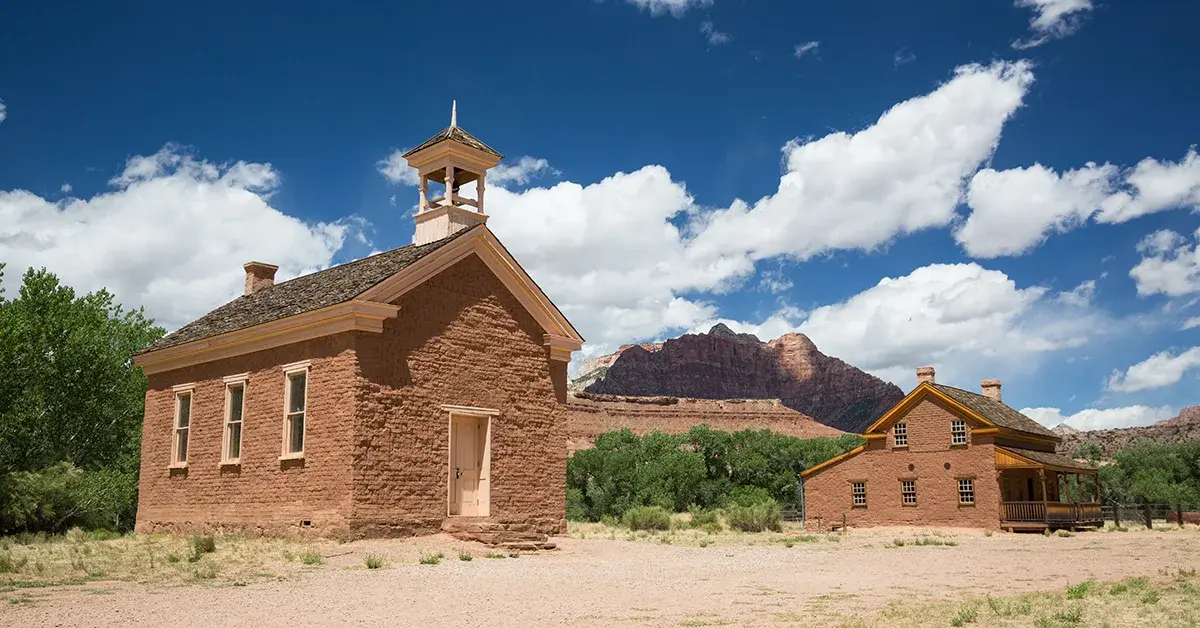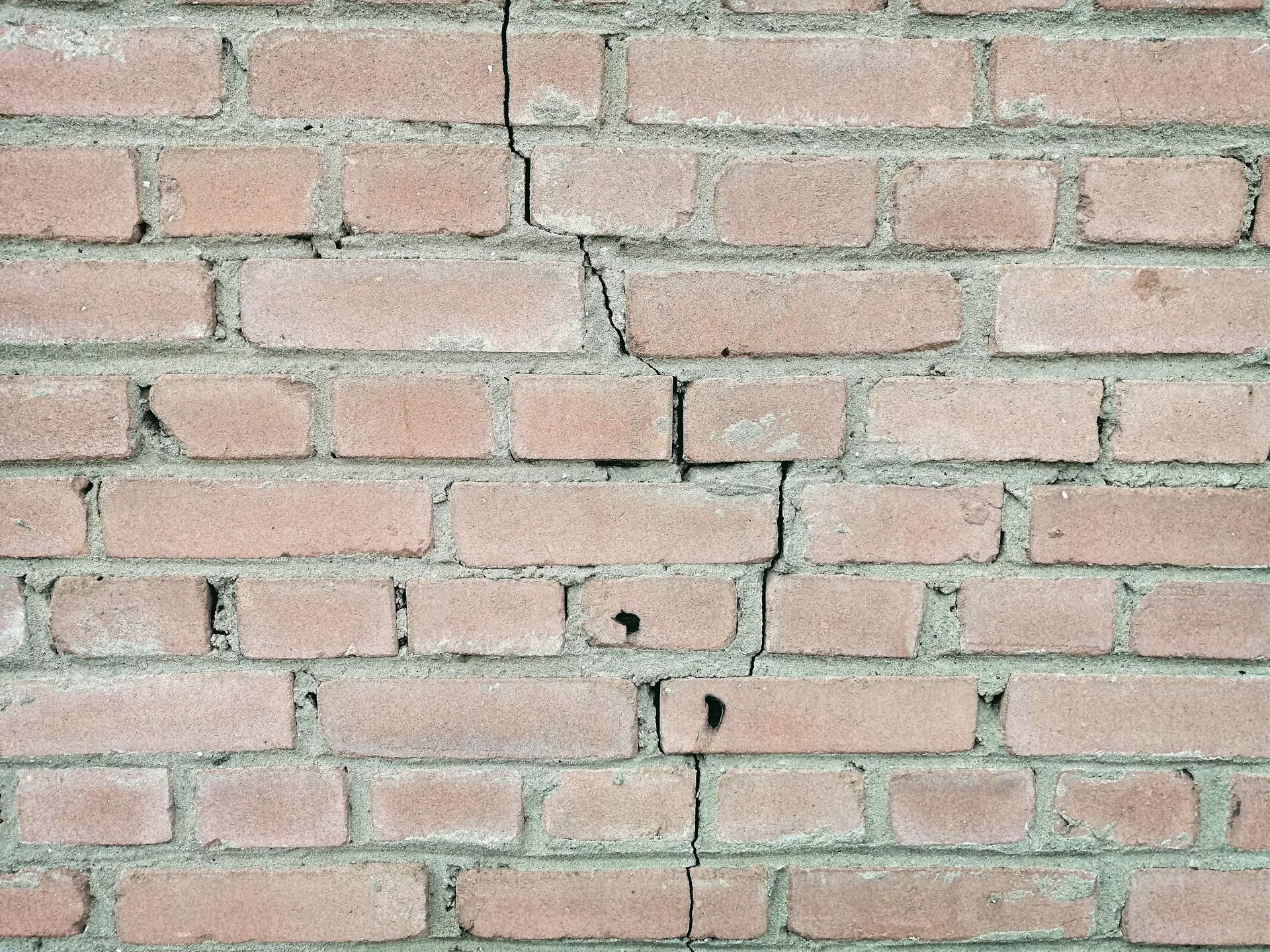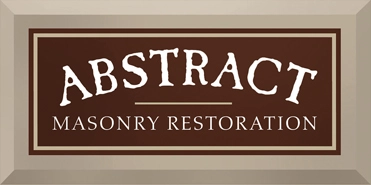As the owner of a historic structure, you know that proper care and maintenance are vital to preserving your property’s heritage, value, and curb appeal. When it comes to brick and stonework, patching is sometimes necessary to repair damage and keep your home in top condition.
But how do you know when patching is the right solution, vs tearing something out and replacing it? What are the best methods for repairing historic brick and stone work? Let’s explore the art of brick and stonework patching, discussing when it’s appropriate to patch and how to achieve optimal results. By following these tips, you can ensure that your home remains beautiful and structurally sound for years to come.
Why Brick and Stone Patching is Important
Brick and stone patching is an important part of preserving the legacy of a home or commercial building. Although these materials are extremely durable, they are still susceptible to the elements and need patching or replacing after decades of exposure. Additionally, patching is sometimes the more budget-friendly choice compared to larger-scale restoration methods.
No matter what approach you take to giving your historic structure a facelift, it will help preserve the integrity of your home as well as its visual appeal.
Tools Needed for Patching Historic Brick or Stone Work
If you have been assigned the daunting task of patching historic brick or stone work, it can be easy to become overwhelmed by all the supplies and materials that will be needed. To make things easier, start with the basics:
- Protective eye gear
- Dust masks
- Gloves
- Chisel
- Level
- Mason’s hammer
- Mortar
- Masonry saw
- Tape measure or ruler
Don’t have all of this on hand? You can likely rent from big-box home improvement stores, or you can call on the professionals at Abstract Masonry to get the job done. Repairing historic structures isn’t always a straightforward process, so don’t be discouraged if you’re not sure how to tackle it.
The Difference Between Modern Mortar and Historical Mortar
Prior to the 19th century, the ingredients used to make mortar remained the same: lime, sand, pigment, and binders. Depending on where the mortar was being made, it might have additives that included volcanic ash, seawater, or horsehair.
Modern mortar is mass-produced with synthetic raw materials that are mixed according to precise guidelines. And, thanks to the invention of Portland cement in the late 1800s, modern mortar is now mixed with careful proportioning of equal parts lime and cement.
Additionally, while traditionally mixed mortars were used in constructions of all types, modern mortars come in many different varieties designed for a specific use or purpose, such as landscaping or plastering applications.
When restoring historic brick or stonework, it’s important to use a mortar that is as close to the original as possible. Otherwise, the masonry work (bricks and stones) can suffer damage due to the inflexibility of the modern mortar.
How to Patch Historic Brick or Stone Work
Before starting any restoration project, you may need to acquire a permit to allow for the work. Some structures are protected by historic registries, and any construction that is carried out needs to be approved by the city.
Depending on the type of damage you’re addressing, you may need the following types of restoration work done:
Repointing
Joining masonry units (brick or stone) to make the structure weatherproof.
Patching
Replacing masonry units to fill in areas where original materials have deteriorated beyond repair.
Painting or Paint Removal
Although it’s not to everyone’s taste, sometimes preservation of masonry involves painting over brick or stone. Or, it’s time to finally uncover original materials by carefully stripping paint.
Historic brick or stone patching can be a daunting and time-consuming task, however, with patience and the correct tools, the process can go smoothly. The most important factor to keep in mind when patching is to properly examine and match the existing materials; this allows for both a seamless restoration of brick or stone wall surfaces and a lasting result.
Care for Brick and Stone Work on a Historic Building
n order to ensure the longevity of restored brick and stone, owners should keep up regular maintenance — this includes inspecting exterior walls and walkways regularly, repairing any cracks or chips in bricks or stones, keeping surfaces clean with gentle cleaners, avoiding harsh cleaners that may damage materials, checking for signs of water damage due to shifting weather conditions, and scheduling occasional professional assessment by experts. When handled properly these bricks and stones have lasting power—ensuring that our historic homes are enjoying their place in time for years to come.







